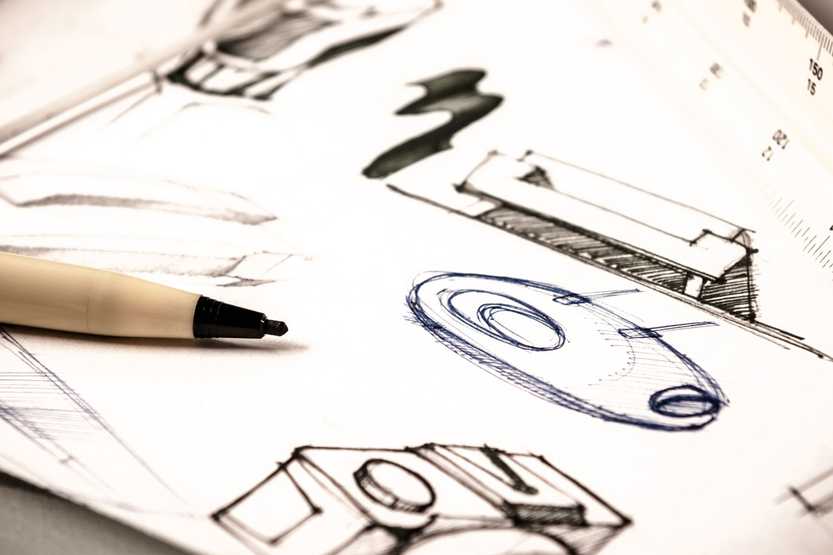A Quick Guide To Injection Urethane & Rotocasting
December 22, 2021 / Painted RhinoWhen you’re looking for a large number of parts to be crafted consistently, you’ll need to use a tried and true manufacturing method. Depending on the type of product you’re looking for, you’ll probably be using injection molding or rotocasting. Both production methods are highly reliable, as well as highly consistent. Learn a little bit about each below and what you can produce using either method.
Our Injection Urethane Process
Injection molding is a manufacturing process that allows parts to be made in large quantities quickly. First, thermoplastic A and B side material is injected into an epoxy or aluminum mold. It’s done at a high speed so it fills the cavity and takes the shape of the mold. Once the material has cooled, the mold is opened and the resulting product is removed. The products can then be painted to a class A finish.
The process produces detailed products with industrial-grade durability. One of the big benefits of injection molding is how repeatable the process is. It can be used to create products thousands, even millions of times, in succession and produces consistent results every time. Plus, there’s a minimal amount of waste and scrap.
Examples of Injection Molding
Many industries use injection molding in one way or another to create products such as:
- Automotive parts (such as car bumpers)
- Food and beverage containers
- Household products like cleaners and storage solutions
- Electronics housing and cases
Our Rotocasting Process
Rotocasting is sometimes called rotomolding or centrifugal casting. It’s similar to injection molding since it can produce large amounts of products or parts with the same overall quality. However, the method of creating these products is different from injection molding. Rather than filling cavities through injection, the material is rotated inside a mold, so it forms to the inner walls to create hollow items.
A self-curing resin is put into the mold’s cavity while still at a temperature that makes them flexible. Then, the mold is spun while the material is inside it. The centrifugal force makes the material conform to the inner walls of the mold, where it later cools and solidifies. The result is a hollow plastic part.
Examples of Rotocasting
There are a large number of products that can be created using rotocasting. Take a look at some of them below:
- Boat pontoons
- Construction and roadway cones
- Fuel tanks
- Recreational coolers
- Toolboxes
Looking for an Injection Molding or Rotocasting Manufacturer?
At Painted Rhino, we specialize in bringing your products to life using both injection molding and rotocasting. We’re able to walk you through all of the steps necessary in creating the perfect product, from design to prototyping, all the way to full-scale production. If you need to make a large volume of parts that are all the same, reach out to us, and we’ll help you get started today!
